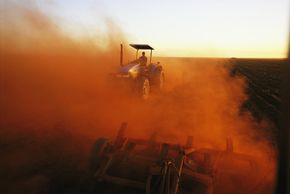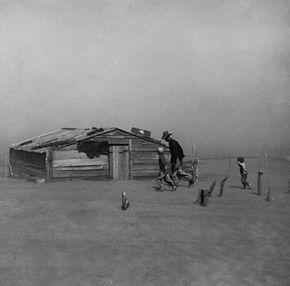What happens when climate variations and human actions such as land clearing, urbanization and unsustainable agricultural habits mix? The combination results in an ecological crisis: land degradation. When land degrades, it can no longer properly absorb, store and recycle water, nutrients and energy. Land degradation in arid, semi-arid and dry, subhumid areas (drylands) is called desertification.
Seventy percent of drylands worldwide are degraded, and one-third of the world's land surfaces are threatened -- lands become more prone to flooding, wind damage and erosion, the quality of soil becomes poor, and productivity plummets [sources: UNCCD, UNESCO]. Areas affected by desertification are faced with not only environmental consequences but also economic effects. The World Bank estimates areas affected by desertification lose income greater than $40 billion annually [source: UNESCO].
Advertisement
In dryland areas, soil is fragile, vegetation is thin and the climate is merciless. Drylands cover more than 40 percent of our planet, and their susceptibility to desertification puts more than 1 billion people at risk for poverty and starvation [source: USDA].
While you may think this problem affects only areas we consider hot and arid, such as Southern Africa, desertification affects every continent except Antarctica. And the United States isn't immune to this crisis. Data from the last 30 years indicates the American Southwest is getting warmer and drier. Could the continental U.S. become a desert within the next 50 years? Let's look at how the stresses on our ecosystem -- brought on both by humans and nature -- are dramatically changing our landscape.
Advertisement

